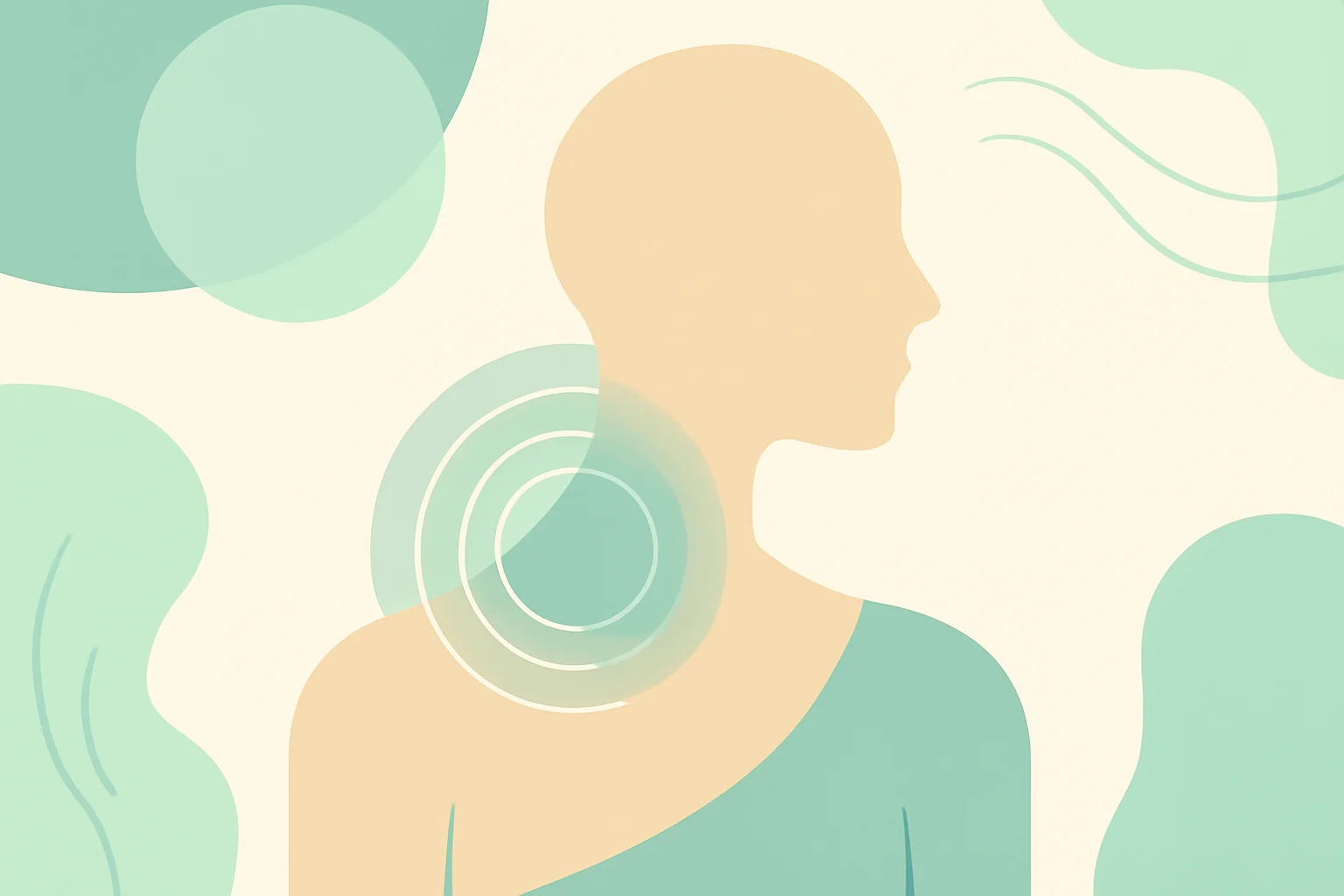
Effective Solutions for Relieving Neck and Shoulder Pain
The neck and shoulder pain are two issues that complicate the lives of many people. These pains are often interconnected, as the muscles and joints of the neck and shoulders are closely related. The modern lifestyle, dominated by the use of computers and mobile phones, can contribute to the development of tension and pain in this area. Poor posture, a sedentary lifestyle, and stress all contribute to more and more people experiencing these problems.
Neck pain can be acute or chronic, and there can be numerous underlying causes. Shoulder pain can also stem from various sources, such as muscle tension, joint problems, or injuries. The localization, type, and intensity of the pain can often aid in diagnosis, but the most important thing is that the symptoms should be taken seriously and require appropriate treatment. People often seek solutions to relieve the pain, whether through physical therapy, medications, or alternative therapies. Therefore, neck and shoulder pain can represent not only a physical burden but also a psychological one, which can significantly affect the quality of life.
What can cause neck and shoulder pain?
The causes of neck and shoulder pain are extremely varied, and in many cases, multiple factors are at play. One of the most common causes is poor posture, especially during computer work. If someone sits for an extended period with their neck leaning forward, it can cause muscle tension, resulting in pain.
Stress also plays a significant role in the tension of the neck and shoulder muscles. When we are stressed, our bodies automatically become tenser, and this affects the neck and shoulders as well. Chronic stress can lead to muscles being in a constant state of tension, which can cause pain over time.
In addition, injuries, such as accidents during sports or sudden movements, often lead to neck and shoulder pain. In older adults, degenerative changes, such as herniated discs or osteoarthritis, can also contribute to the development of pain.
Neck pain is often intertwined with headaches. Tension headaches, which arise from the tension in the neck muscles, are closely related to neck pain. These types of headaches often start from the back of the neck and can radiate to various areas of the head.
Finally, various health conditions, such as fibromyalgia or rheumatoid arthritis, can also cause neck and shoulder pain. These conditions are typically associated with chronic pain that can complicate daily life.
How can neck and shoulder pain be treated?
The treatment of neck and shoulder pain can be approached in many ways, and the choice of the most appropriate method depends on the cause and severity of the pain. The first step is usually to take measures aimed at alleviating the symptoms.
The most common methods include rest and cold compresses. Cold compresses can help reduce inflammation and alleviate pain. Rest is also important, as tense muscles need time to recover.
Physical therapy and stretching exercises can also be extremely effective in managing pain. Specific exercises developed by a physical therapist can help strengthen the muscles, increase flexibility, and establish proper posture.
If the pain is more severe, medical assistance may be necessary. A doctor may prescribe pain relievers or anti-inflammatory medications that can help manage the symptoms.
Alternative therapies, such as massage, acupuncture, or physiotherapy, can also be effective. These methods can help reduce tension, improve circulation, and alleviate pain.
It is important not to ignore the symptoms, and if the pain persists, it is essential to consult a specialist. Proper treatment and prevention are key to avoiding the return of pain.
When should you see a doctor?
Although neck and shoulder pain is a common issue, it is important to know that in certain cases, medical assistance is needed. If the pain occurs suddenly and severely, or if other symptoms appear alongside the pain, such as numbness, weakness, or difficulty breathing, immediate medical attention should be sought.
Additionally, if the pain does not improve within a few days, or if usual home treatment methods do not provide relief, it is advisable to consult a doctor. Persistent or worsening pain may indicate that more serious health issues are present that require medical intervention.
Individuals struggling with chronic pain, where the pain is consistently present, should also consider seeking professional help. After a thorough examination, a doctor can provide a proper diagnosis and develop a treatment plan to alleviate the pain and address underlying issues.
Prevention also plays an important role in the prevention of neck and shoulder pain. A healthy lifestyle, regular exercise, proper posture, and stress management can all contribute to reducing the risk of pain development.
**Warning:** This article does not constitute medical advice, and in case of health issues, everyone should only follow their doctor’s recommendations.

